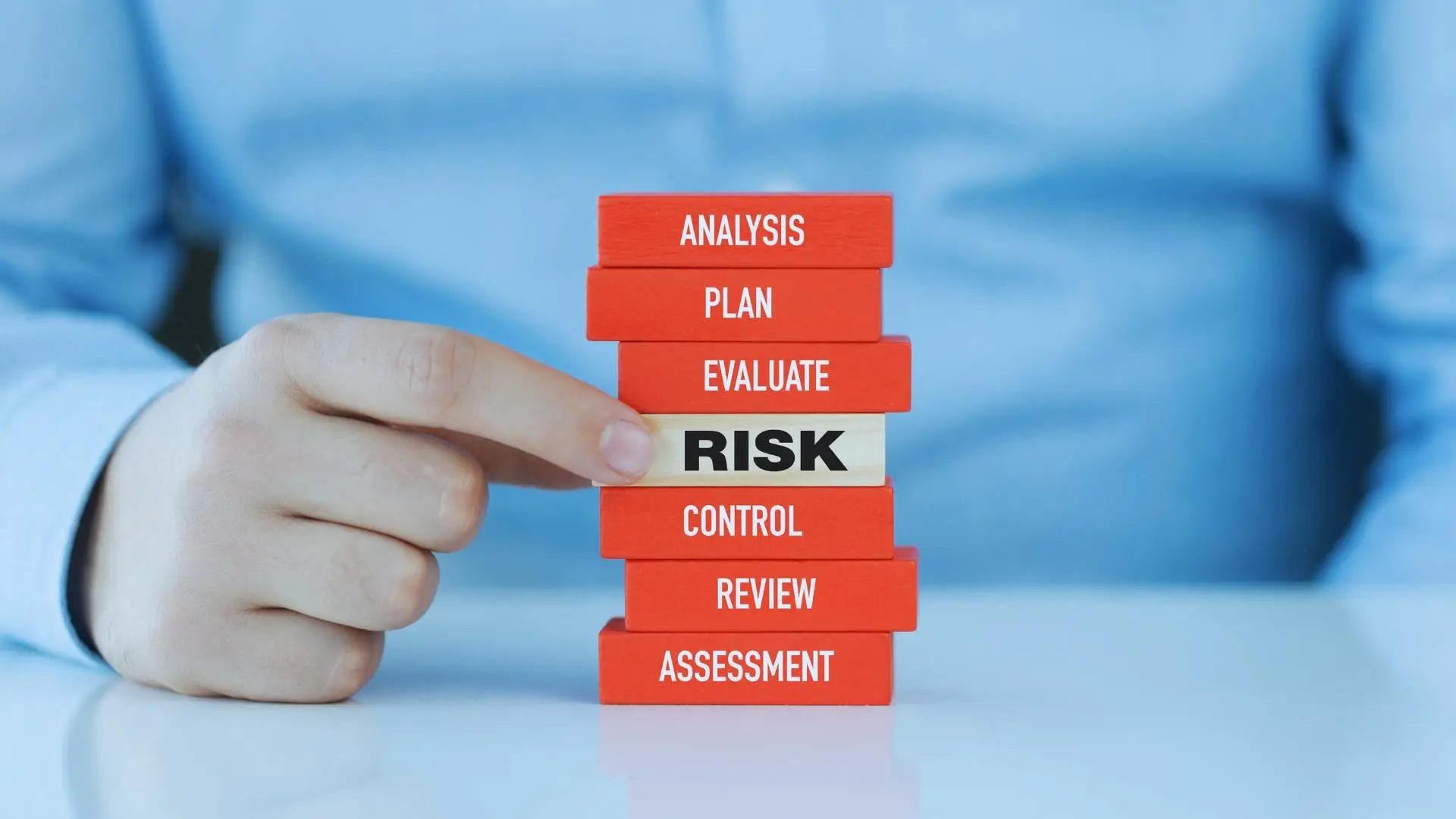What is Risk Analysis?
Risk Analysis is a fundamental investment process that aims to identify, assess and prioritize risks associated with different assets and strategies. This procedure is essential for investors seeking to maximize their returns in a dynamic and often volatile market. Through Risk Analysis, it is possible to understand which factors can negatively impact the performance of an investment and, thus, make more informed decisions.
Importance of Risk Analysis
Understanding the importance of Risk Analysis is crucial for any investor. By performing this analysis, investors can not only protect their capital but also identify opportunities that may have been overlooked by others. Risk Analysis allows investors to position themselves more strategically, adjusting their portfolios according to market conditions and their own risk tolerances.
Types of Risk in Risk Analysis
Risk analysis encompasses several types of risks, including market risk, credit risk, liquidity risk, and operational risk. Market risk refers to the possibility of losses due to fluctuations in asset prices. Credit risk is related to the possibility of default by a debtor. Liquidity risk refers to the difficulty of selling an asset without impacting its price, while operational risk involves failures in internal processes or systems.
There are several methodologies for performing Risk Analysis, each with its own particularities. Among the most common are Qualitative Analysis and Quantitative Analysis. Qualitative Analysis involves the subjective assessment of risks, considering factors such as investor experience and market conditions. On the other hand, Quantitative Analysis uses numerical and statistical data to measure and predict risks, allowing for a more objective and evidence-based approach.
Tools for Risk Analysis
Implementing Risk Analysis into your investment strategy requires careful planning. The first step is to identify the assets and strategies to be analyzed. Next, it is necessary to collect relevant data and apply the chosen methodologies to assess risks. Finally, the results must be documented and used to adjust the investment portfolio, ensuring that decisions are always based on up-to-date and accurate information.
Risk and Return: The Fundamental Relationship
The relationship between risk and return is a central concept in Risk Analysis. In general, the higher the risk associated with an investment, the higher the potential return. However, it is important for investors to understand this relationship and be willing to accept the risks they are taking. Risk Analysis helps balance this relationship, allowing investors to seek returns that are appropriate for their risk profile
Risk analysis is not without its challenges. One of the main obstacles is the difficulty in predicting unexpected events, such as economic crises or natural disasters, which can significantly impact markets. In addition, the interpretation of data can be subjective, leading to decisions that do not reflect market reality. Therefore, it is essential that investors are aware of these limitations and continually seek to improve their analysis.
The Future of Risk Analysis
The future of Risk Analysis is closely linked to the advancement of technology and the use of big data and artificial intelligence. These innovations promise to revolutionize the way risks are analyzed and managed, allowing for more accurate and real-time assessment. As the market evolves, Risk Analysis will become even more critical for investors who want to stand out in a competitive and dynamic environment.
